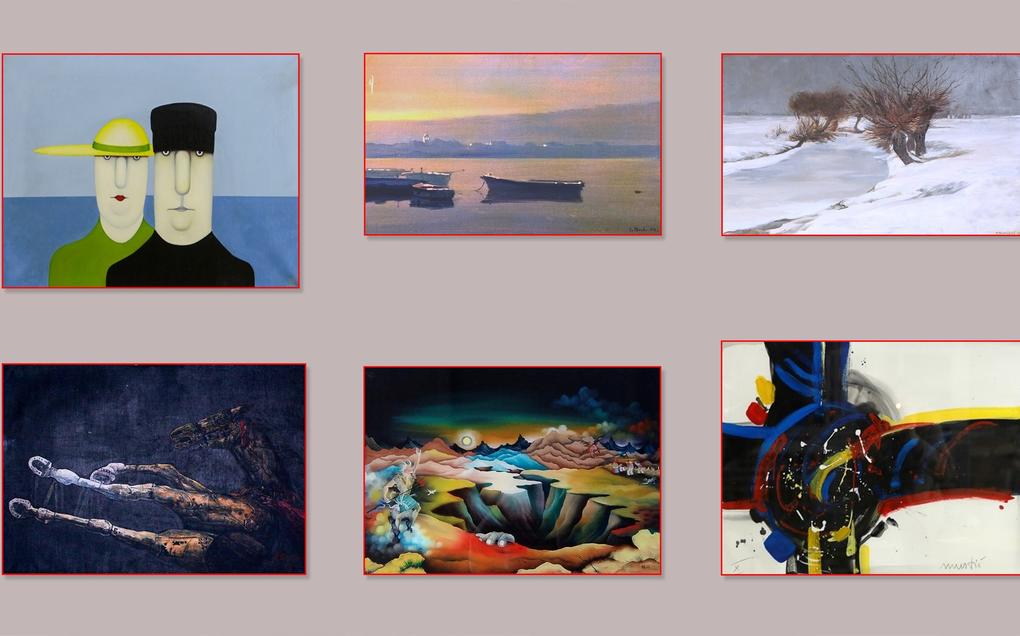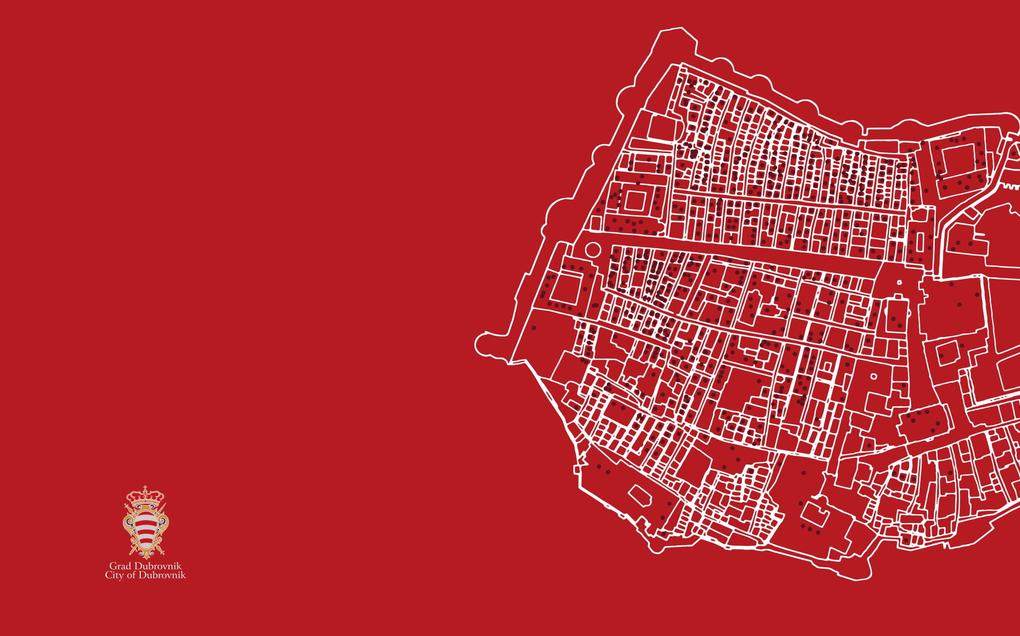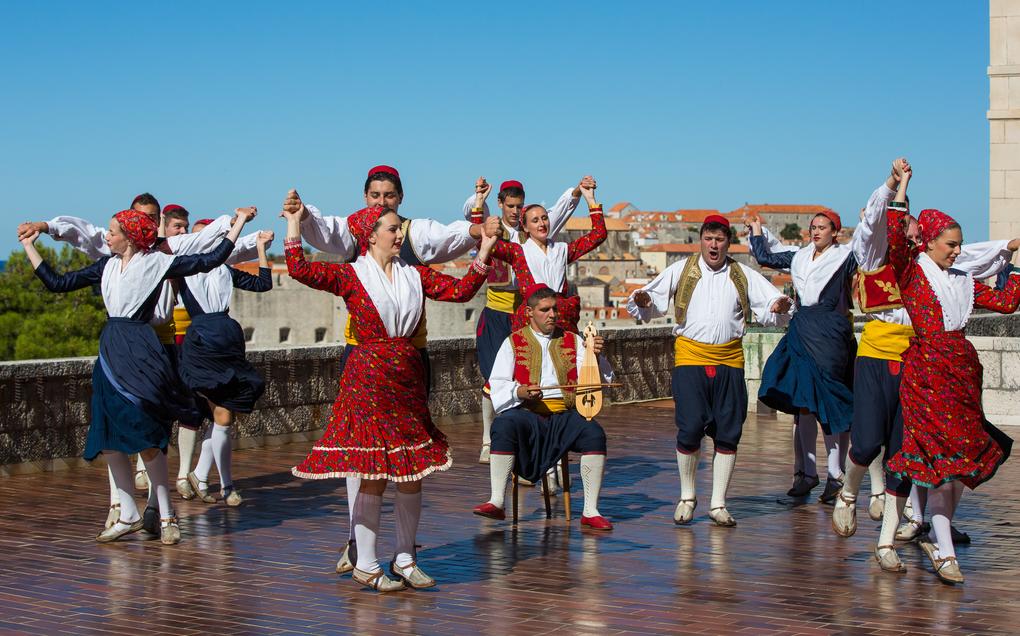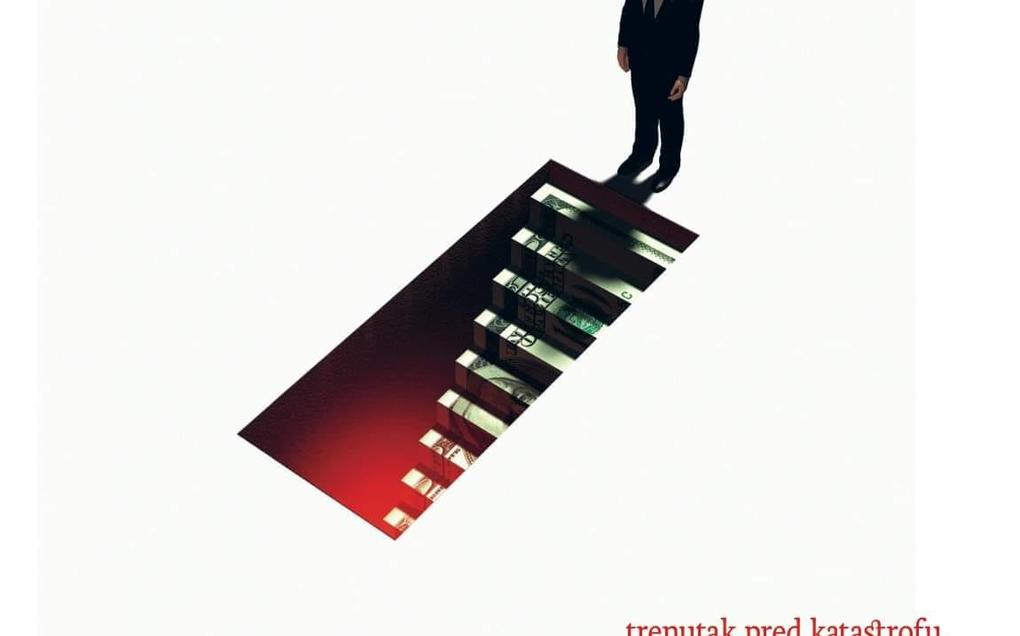Alternative biographies
Ruđer Bošković
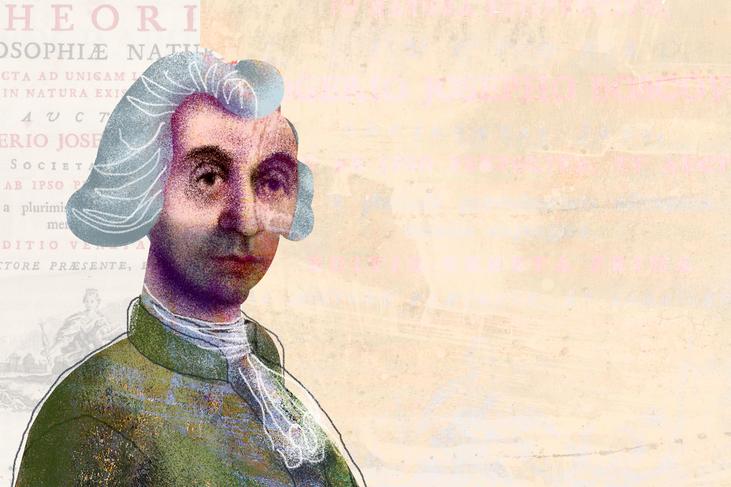
Photo gallery
It was no accident that philosopher and Nobel laureate Werner Heisenberg called Bošković the “Croatian Leibniz.” Bošković made contributions to many scientific fields, poetry, but also diplomacy. In astronomy, he developed the method of computing orbits of the planets. In the field of optics, he developed the first theory of luminescence. In geosciences, he claimed that Earth changes its shape, which was later confirmed. In mathematics, he provided the basis of the mathematical fractal theory, that was only discovered in the 20th century. He was the “pioneer of static computations in civil engineering” after he resolved the problem of cracks in the cupola of St. Peter’s Basilica. His exceptionally busy social life and relationships with preeminent European dignitaries enabled him to conduct important diplomatic tasks on behalf of the Republic that he was extremely loyal to his entire life. Bošković also left a trace in literature. He wrote both prose and poetry, and his epic poem Eclipse of the Sun and Moon is a synthesis of his scientific findings in verse form. He was born in Dubrovnik in 1711. His father Nikola married Pavla Bettera and Ruđer was their penultimate child, of three daughters and six sons. He finished his primary education in Dubrovnik in the Jesuit Collegiate, and at age 14 he moved to the Collegiate in Rome. After a two-year novitiate, he studied philosophy and theology. While studying philosophy he encountered Newton’s works, which later lead to Bošković’s modifications of Newton’s theory of forces. After he completed his studies in theology, he was ordained a priest in 1744. In 1744, he spent the summer in his native Dubrovnik, to which he never returned again. From 1750 to 1752, during his research about the Earth’s shape he conducted measurements of degrees of meridian arcs. After conducting some diplomatic duties with the Emperor of Austria, his principal scientific work was published in 1758 in Vienna, entitled The Theory of Natural Philosophy (Philosophiae naturalis theoria). Rome did not receive this work by Bošković that well, so he spent the next period of his life travelling around Italy, France, England and Asia Minor, visiting Constantinople, Bulgaria, Moldavia and Poland. During that time, he socialized with members of the French Academy, became a member of the British Academy and conducted diplomatic activities on behalf of the Dubrovnik Republic. After Poland, Bošković returned to the then Austrian part of Italy and participated in the design and construction of the observatory in Brera, near Milan. In the aftermath of the abolishment of the Jesuit order (1773), he thought about going back to Dubrovnik, but an offer from Paris made him move to France where he was given citizenship and appointed director of Optics for the French navy. Difficulties related to publication of works in the field of optics and astronomy made him turn towards Italy, where he died in 1787. In his honour the Senate of the Republic of Dubrovnik erected a memorial plaque in the Dubrovnik Cathedral. British scientist Henry Gill said (in 1941): “The Bohr model of the atom is a direct successor of Bošković’s law of forces between microscopically removed particles… When the history of atomic theory is written, the role of its founder Ruđer Bošković should not be overlooked.”



